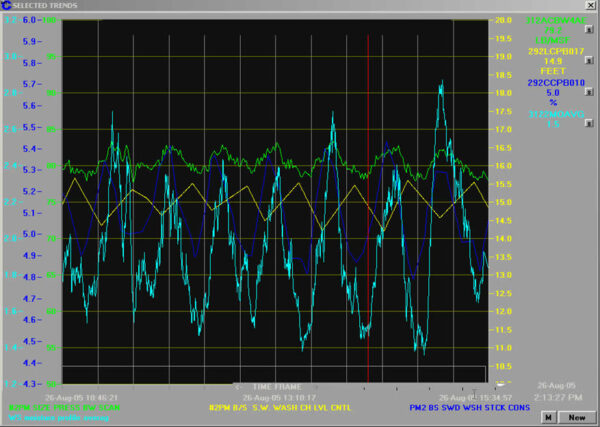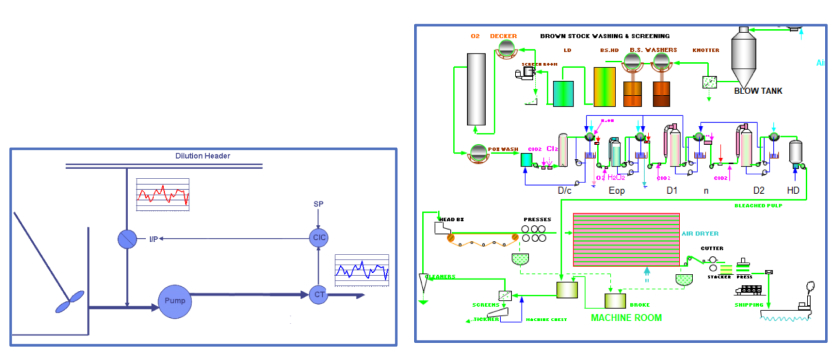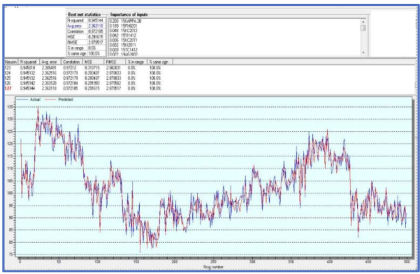Introduction
Process variability is a critical concern in the papermaking industry, as it affects the quality of the final product and customer satisfaction. In this article, we will explore the sources of process variability and discuss strategies to reduce or eliminate it. By understanding and managing these variabilities, paper mills can improve profitability, enhance product quality, and gain a competitive advantage.
Understanding Process Variability: Papermaking is a complex mechanical and chemical process that involves various materials, primarily wood fibers, combined with chemicals, water, and minerals to create the paper furnish. Each component of the furnish introduces its own variability, which accumulates in the final product. Managing these variabilities is essential to produce high-quality paper and maximize profits.
Introducing the Coefficient of Variation (COV): To monitor papermaking performance and identify sources of variability, we introduce the coefficient of variation (COV). The COV is a measure of variability calculated as the standard deviation divided by the mean, multiplied by 100%. By tracking the COV value, operators can adjust process conditions to reduce variability. This presents a new opportunity to enhance profitability, quality, and competitiveness.
Causes of Variability
Several factors contribute to process variability in papermaking. These include insufficient agitation, inadequate consistency management, inaccurate dilution system performance, suboptimal loop tuning, underperforming chest level control systems, and limited real-time visibility of process variations for operators. Identifying and addressing these sources of variability is crucial to achieving consistent and high-quality paper production.
Understanding Dynamic and Static Variability: Variability in papermaking can be categorized as dynamic or static. Dynamic variability refers to fluctuations that occur throughout the process in cycles of varying frequencies, ranging from seconds to hours. These variabilities can be analyzed and their root causes identified to reduce or eliminate them. Static variability, on the other hand, is uniform across the sheet and is typically measured and evaluated in terms of machine directional (MD) and cross-directional (CD) variability.

Above picture shows how SW tank level swing (yellow trend) is swinging the tank consistency (dark blue trend), and those together are creating variability in paper machine basis weight (green trend) and also in the moisture of the sheet (light blue trend).
Analogies to Electrical Systems
Process dynamics play a crucial role in the occurrence of variabilities. By analyzing the behavior of variables and their frequencies, it is possible to identify the main sources of variabilities and focus on reducing them. For example, optimizing consistency control loops and addressing inadequate agitation in storage chests can significantly reduce variability and enhance process stability.

The picture above shows a typical consistency control loop. In more than 90% of the mills you can clearly see the dilution pressure swings directly controlling consistency. The loop is too slow to respond because the consistency controller becomes coupled to the lag time between the dilution point and transmitter location. The other picture shows the entire process in a pulp and paper mill where there are several similar applications. If they all contribute process variabilities the combined sum of those variabilities are show up in the reel.
Process Dynamics and Variability Reduction
To better comprehend the dynamic behavior of the papermaking process, it can be likened to an electrical system. Pressure in the water system corresponds to voltage, while valves and tanks can be compared to resistors and capacitance, respectively. Pipes act like inductors or coils, storing mass or energy. Understanding these analogies helps in grasping the dynamic effects within the process and making appropriate adjustments to minimize the introduction of additional variabilities.
Variability in Pulp Mill Processes
 While the primary focus is on papermaking, it is important to acknowledge that supporting operations in the pulp mill can indirectly impact process variability. Factors such as liquor recovery systems and the quality of chemicals used in the digester can affect fiber development, thereby introducing variabilities into the papermaking process. Understanding these indirect influences is crucial for comprehensive variability reduction efforts.
While the primary focus is on papermaking, it is important to acknowledge that supporting operations in the pulp mill can indirectly impact process variability. Factors such as liquor recovery systems and the quality of chemicals used in the digester can affect fiber development, thereby introducing variabilities into the papermaking process. Understanding these indirect influences is crucial for comprehensive variability reduction efforts.
Reducing Variability for Improved Product Quality
Variability exists throughout the papermaking process, including fiber distribution, freeness from refiners, and chemical additions in the machine chest. These variabilities directly influence the quality of the manufactured product. By minimizing variability, mills can deliver paper that meets customer specifications consistently, resulting in increased customer satisfaction and loyalty.
To tackle process variabilities effectively, it is important to focus on the top three opportunities for reduction. Inadequate control systems, especially in dilution control, can significantly impact uniformity.